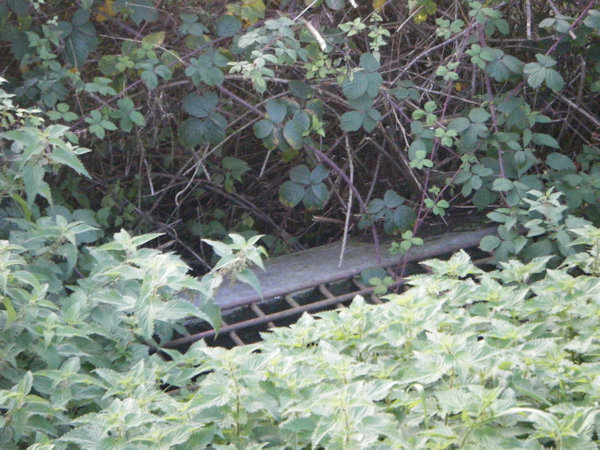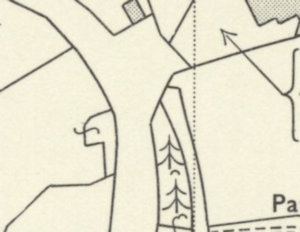 |
Dedication: Saint Beuno Location: Gwyddelwern Coordinates: 53.011530N, -3.378977W Grid reference: SJ075469 Heritage designation: none |
 |
Dedication: Saint Beuno Location: Gwyddelwern Coordinates: 53.011530N, -3.378977W Grid reference: SJ075469 Heritage designation: none |
St Beuno, a 7th century missionary, is best known for his supposed relation to St Winifred. According to legend, Winifred was only one of at total of seven people that he resurrected; these others include St Aelhaearn (who is said to have been his cousin; a parish named "Llanaelhaearn" adjoined that of Gwyddelwern until 1550, when the two parishes were merged), and an anonymous Irishman whose resurrection is said to have given Gwyddelwern its name ("Gwyddel" means "Irishman"). Specifically, Beuno is believed (or, more appropriately, rumoured) to have, upon his arrival in Gwyddelwern, raised an Irishman, whose wife had murdered him, from the dead. Whilst the truth in this story is, admittedly, slightly questionable, Beuno almost certainly did visit Gwyddelwern during his time as a missionary, and it was on this visit that he probably founded the parish church, which bears his dedication.
Gwyddelwern actually boasts two holy wells (the second, less famous of the two, being called Ffynnon Gwern Beuno), and both of them have the patronage of St Beuno. The well discussed on this web-page was, as well as being called "Ffynnon Beuno", also called "Ffynnon Ucha", which means "higher well"; this likely refers to the geographical position of this well in relation to Ffynnon Gwern Beuno. Both sites were mentioned by several different antiquarians during the late 19th and early 20th centuries, and often they were referenced side by side. For example, they were briefly acknowledged by Jacob Youde William Lloyd, in volume 6 of The History of the Princes, the Lords Marcher, and the Ancient Nobility of Powys Fadog (1887):
|
The church is dedicated to St. Beuno, by whom it is said to have been founded, and the festival is kept on April the 21st. Near it are Gwern Beuno and Ffynnon Beuno, from whence the water for baptism was brought. |
It appears that Ffynnon Beuno was used for bathing, although there is seemingly no record of what, if anything, the spring was believed to be specifically effective in the healing of. The sole record of bathing occuring at the well that I have been able to find appeared in 1894, in volume 80 of a magazine called The Month:
|
Thus at Gwyddelwern the old church-warden told us that he remembered his mother telling him that the people in her day used still to bathe in the well, believing in its miraculous powers. Water was also brought thence to the parish church for baptisms, a custom widely spread in Wales... |
Though today any sign of a bathing pool at Ffynnon Beuno is long gone, it was described in detail by the Royal Commission after they visited the site on the 30th of July, 1913:
|
This spring, the sacred well of the parish, sometimes called 'Ffynnon Ucha,' now rises within a sunken rectangular slate-lined enclosure about 6 feet long by 5 feet broad, and contains normally nearly 3 feet of very dirty water. Four modern steps lead down to it. The water is maintained at a certain height by a small hole on the west side which allows an escape on a level with the lowest step. When in wet weather this escape is insufficient the water flows into a square slate cistern. No traditions connected with a cult of the well could be gleaned. |
The exact date of the destruction of this "enclosure" is not known, but it appears, from Ordnance Survey maps, to have occurred after 1971. Today, the spring is covered by an iron grille, and it seems that the water is piped off elsewhere as no stream is shown to issue from it on modern Ordnance Survey maps. (Of course, today, these maps miss off the site altogether, so can hardly be trusted in that respect.) When I visited in October, 2024, the site was overgrown with weeds, but was still visible.
 |
|
Access: The well is located on private land, but can be viewed from the road (the road is quite a busy one, and there is no pavement, so it is worth being careful). |
Copyright 2025 britishholywells.co.uk